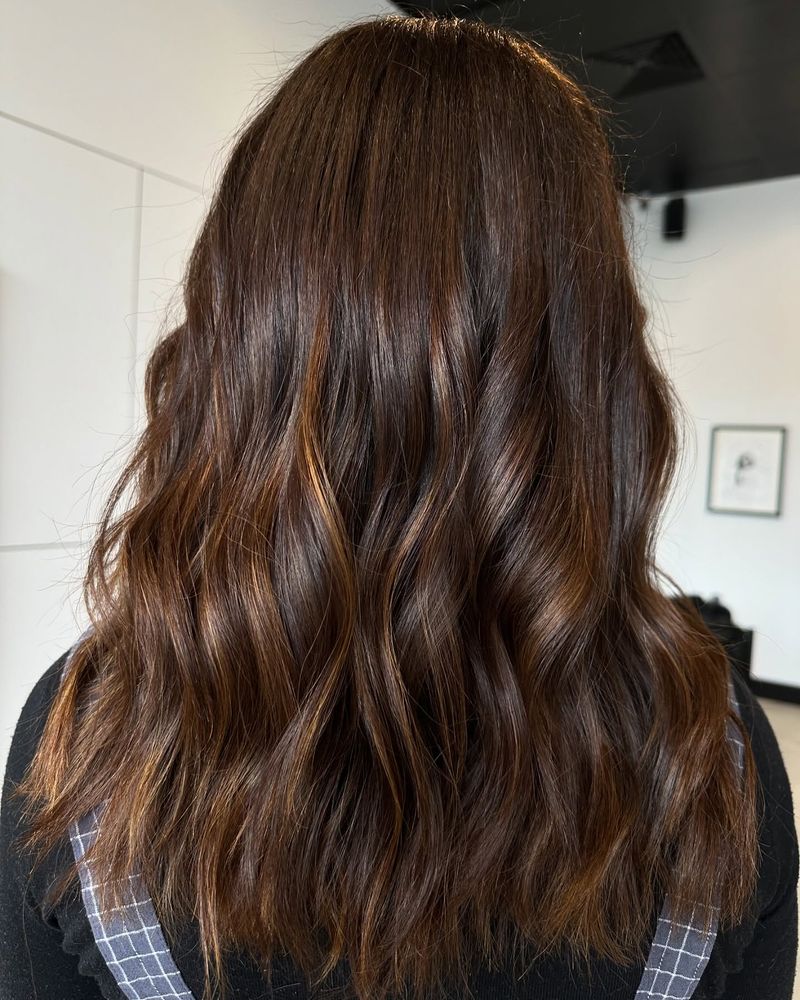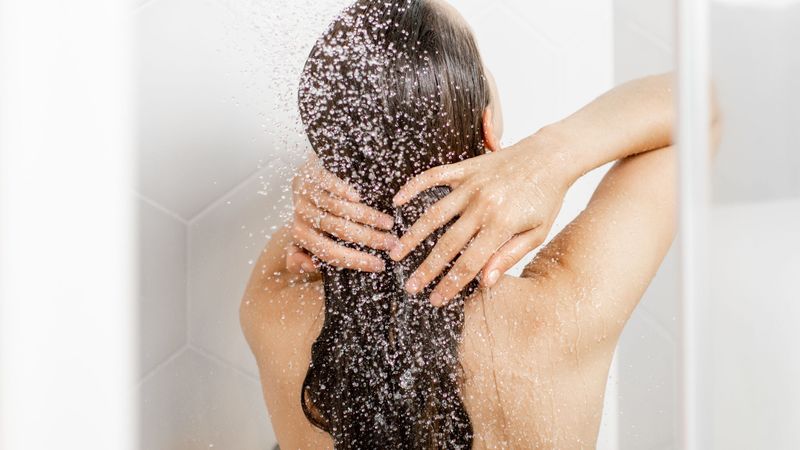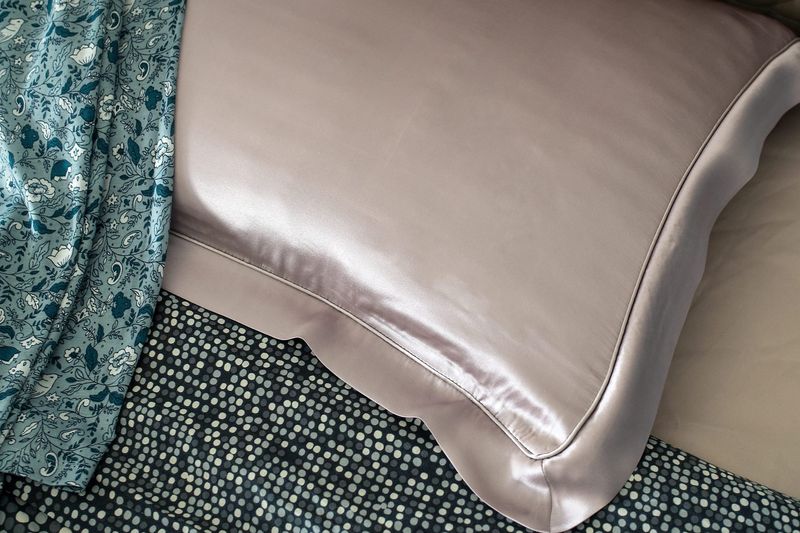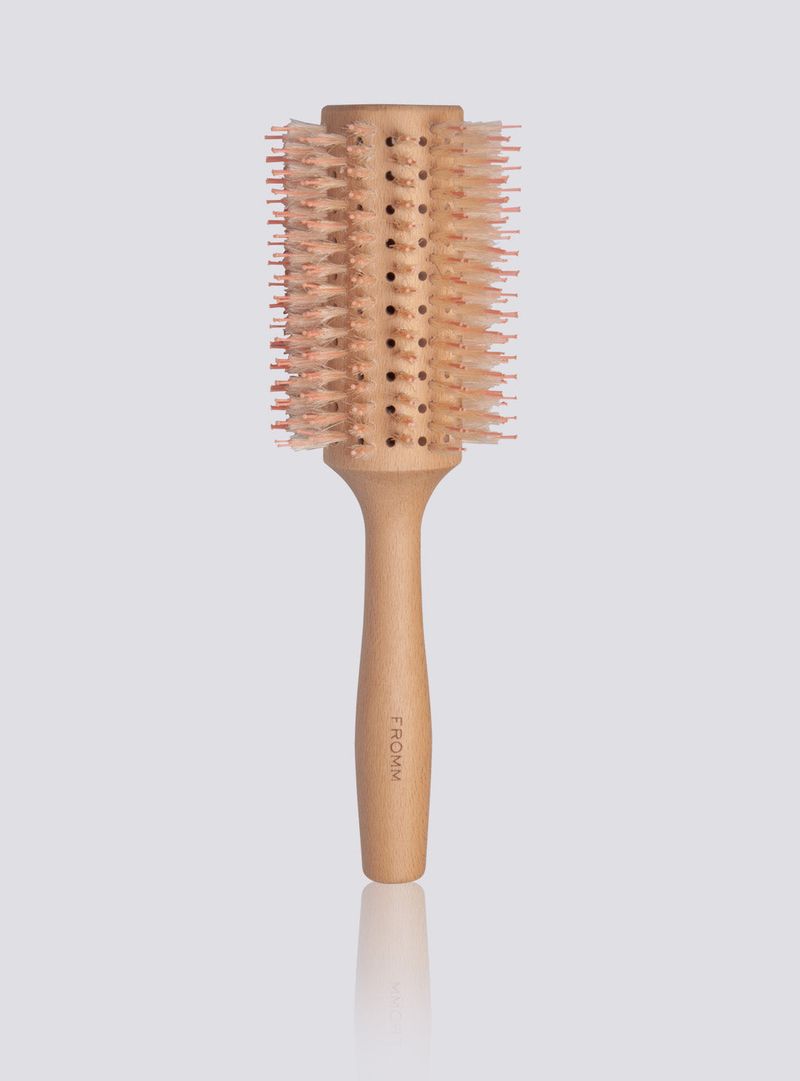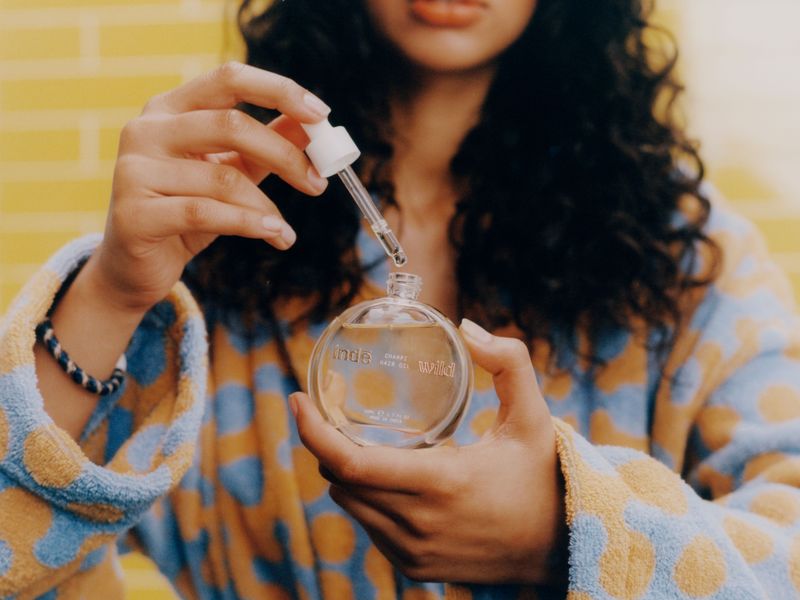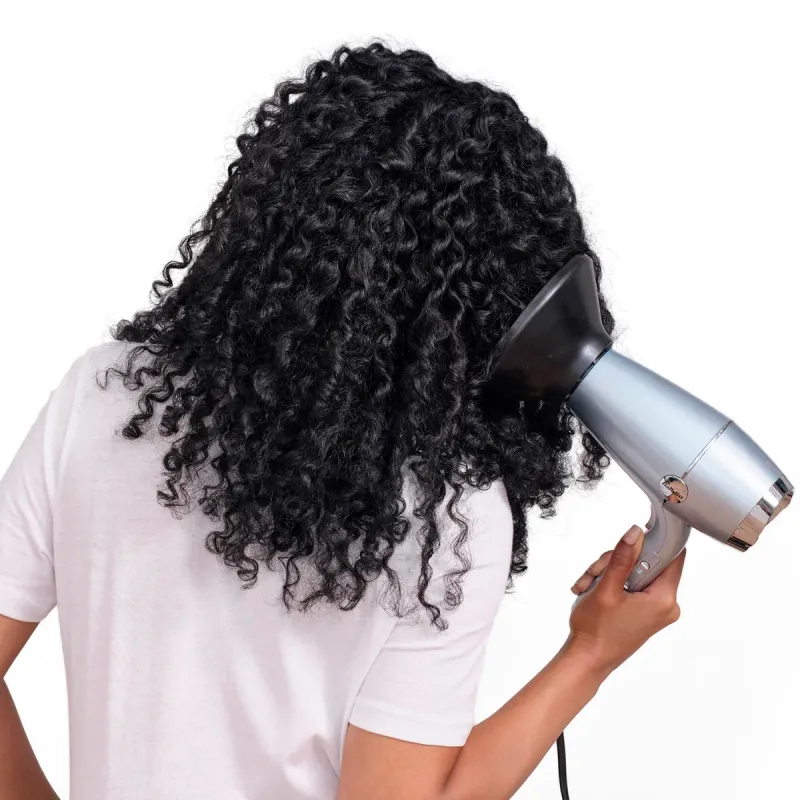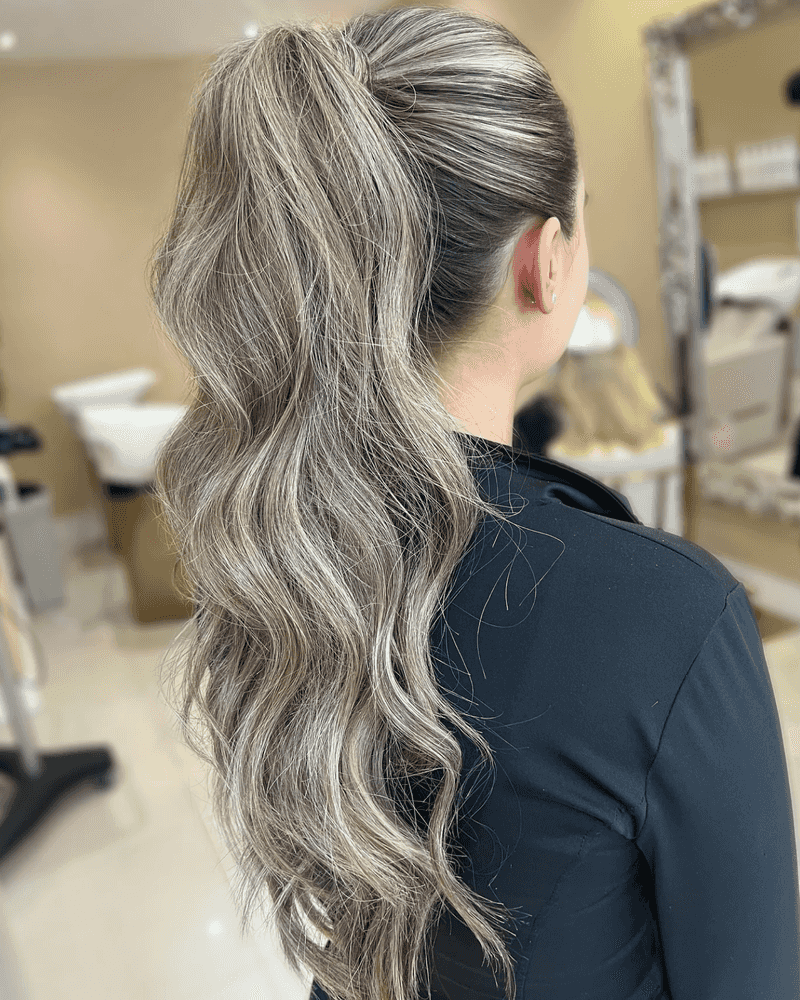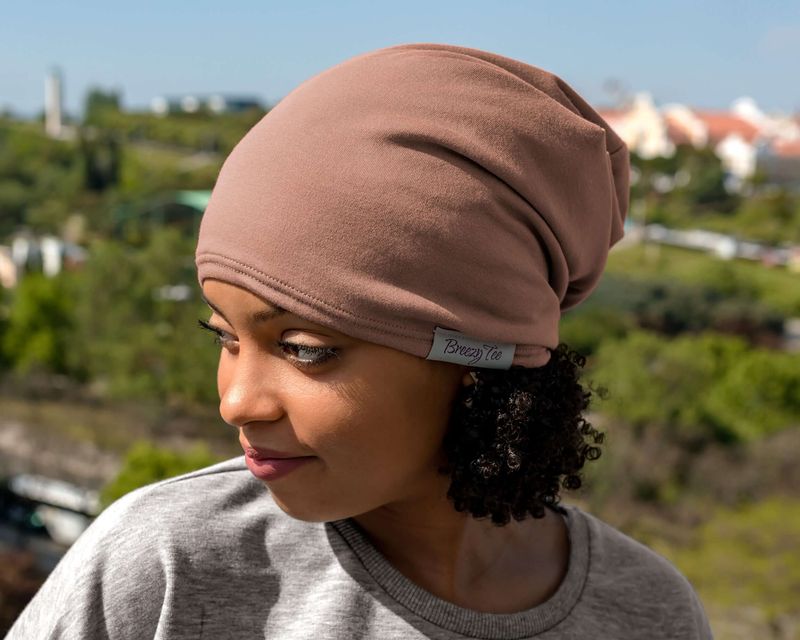Hair changes during menopause can leave many women battling unexpected frizz and texture changes. Hormonal shifts affect hair follicles, often resulting in drier, more unruly locks that seem impossible to tame.
Don’t worry – with the right techniques and products, you can regain control and enjoy smoother, more manageable hair again.
1. Switch to Sulfate-Free Shampoo
Traditional shampoos with harsh sulfates strip away natural oils your aging hair desperately needs. Sulfate-free formulas cleanse gently while preserving moisture.
Look for bottles labeled specifically for dry or mature hair to address your changing hair needs.
2. Embrace Weekly Deep Conditioning
Hormonal changes leave hair thirstier than ever before. A rich weekly mask replenishes lost moisture and improves elasticity.
Apply to damp hair, cover with a shower cap, and let it work for 15-20 minutes before rinsing thoroughly.
3. Microfiber Towels Only
Regular cotton towels create friction that roughens the hair cuticle. Microfiber alternatives absorb water without causing frizz.
Gently blot—never rub—your hair dry after washing to preserve its natural smoothness.
4. Cool Water Rinse Finale
Hot water might feel heavenly but wreaks havoc on menopausal hair. Finishing your wash with cool water helps seal cuticles.
This simple temperature switch creates smoother, shinier strands that reflect light beautifully.
5. Overnight Oil Treatments
Argan, jojoba or coconut oil can transform brittle strands while you sleep. Warm a small amount between palms and apply from mid-length to ends.
Cover with a silk scarf to protect your pillowcase and rinse thoroughly in the morning.
6. Silk Pillowcases Are Game-Changers
Cotton pillowcases create friction that disrupts hair cuticles during sleep. Silk alternatives allow hair to glide smoothly as you move.
Many women notice immediate frizz reduction after just one night on silk!
7. Rethink Your Brushing Routine
Boar bristle brushes distribute natural oils from roots to ends where menopausal hair needs moisture most. Brush gently from roots to tips in sections.
Morning and evening brushing sessions help manage frizz throughout the day.
8. Trim Regularly Despite Growth Concerns
Split ends travel upward, creating frizz along entire strands. Even micro-trims every 8-10 weeks prevent this damage cascade.
Ask your stylist for “dusting” – a technique that removes only damaged ends while maintaining length.
9. Apply Products to Soaking Wet Hair
Dripping wet hair absorbs anti-frizz products more effectively than damp hair. Apply styling creams immediately after showering before any towel-drying.
This locks in moisture before frizz has a chance to form.
10. Diffuse with Cool Air
Heat styling exacerbates dryness in hormone-depleted hair. A diffuser attachment on cool setting dries without causing frizz.
Cup sections gently in the diffuser, moving slowly upward toward roots for volume without disruption.
11. Humectant Sprays Between Washes
Glycerin-based refresher sprays attract moisture from the air to parched strands. Keep a small spray bottle in your purse for midday touch-ups.
A quick mist revives your style without weighing hair down.
12. Protect Hair During Exercise
Sweat crystallizes on hair strands, creating rough texture. Wear a moisture-wicking headband during workouts to minimize exposure.
Afterward, rinse hair immediately or use a leave-in conditioner spray if washing isn’t possible.
13. Satin-Lined Hats for Weather Protection
Humidity and wind are frizz triggers for hormone-depleted hair. Satin-lined hats provide stylish protection while preventing friction.
Look for wide-brimmed options that shield both hair and skin from sun damage.
14. Consider Hormone-Balancing Supplements
Biotin, vitamin E, and omega-3s support hair from within. These nutrients help counteract hormonal effects on hair texture.
Consult your doctor before starting any supplement regimen to ensure it complements your overall health plan.
15. Embrace Hair-Friendly Hairstyles
Loose braids and soft updos minimize mechanical stress that leads to breakage and frizz. Avoid tight ponytails that strain already fragile strands.
Secure styles with coated elastics or fabric scrunchies to prevent snagging.



